Discover 5 hidden attractions, cool sights, and unusual things to do in Port Tobacco Village (United States). Don't miss out on these must-see attractions: St. Thomas Manor, Thomas Stone National Historic Site, and Rose Hill. Also, be sure to include Stagg Hall in your itinerary.
Below, you can find the list of the most amazing places you should visit in Port Tobacco Village (Maryland).
Table of Contents
St. Thomas Manor
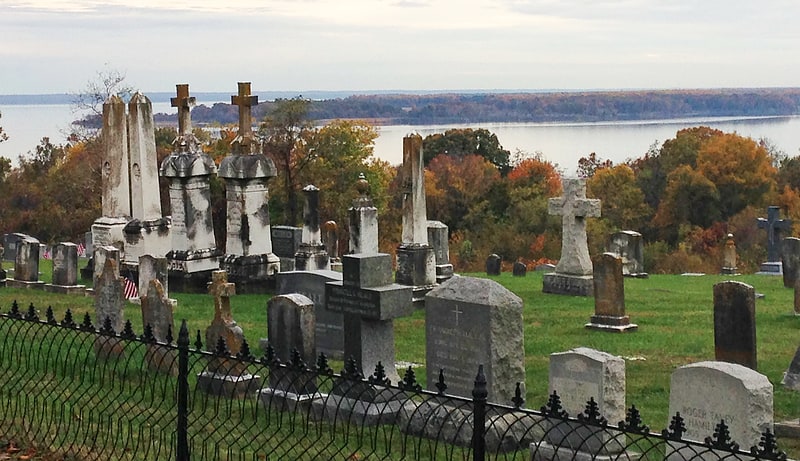
St. Thomas Manor is a historic home and Catholic church complex located near Port Tobacco, Charles County, Maryland. It is now known as St. Ignatius Church and Cemetery. The manor house complex is recognized as the oldest Jesuit residence in the world to have been continuously occupied by that order. The mission settlement of Chapel Point was started in 1641 by Father Andrew White, S.J. an English Jesuit missionary. He administered to the Potapoco Native Americans, some of whom he converted to Catholicism. Established in 1662, this is the oldest continuously active Roman Catholic parish in the Thirteen Colonies of North America founded by Great Britain. With the consecration in 1794 of Bishop John Carroll, St. Thomas became the first Roman Catholic see in the United States.[1]
Address: 8855 Chapel Point Rd, Port Tobacco Village
Thomas Stone National Historic Site
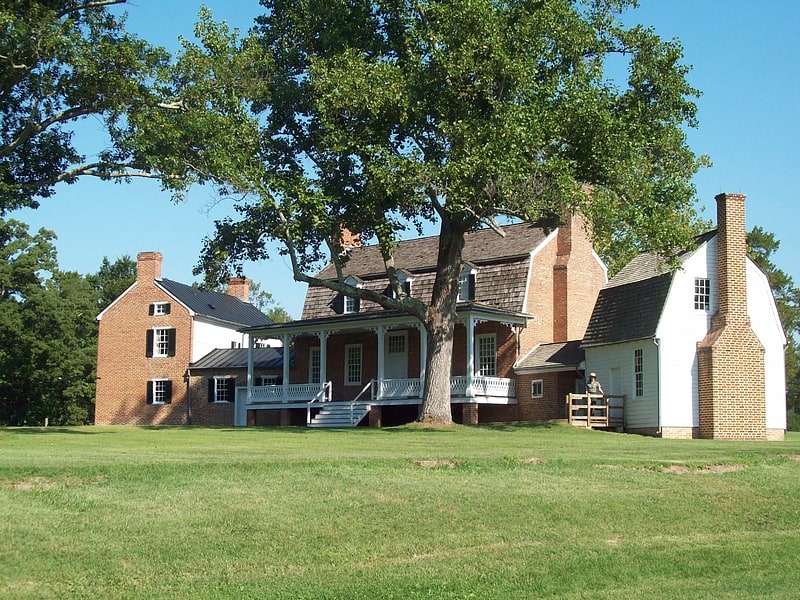
Protected site in Charles County, Maryland. The Thomas Stone National Historic Site, also known as Haberdeventure or the Thomas Stone House, is a United States National Historic Site located about 25 miles south of Washington D.C. in Charles County, Maryland. The site was established to protect the home and property of Thomas Stone, one of the 56 signers of the United States Declaration of Independence. His home and estate were owned by the Stone family until 1936.[2]
Address: 6655 Rosehill Rd, Port Tobacco Village
Rose Hill
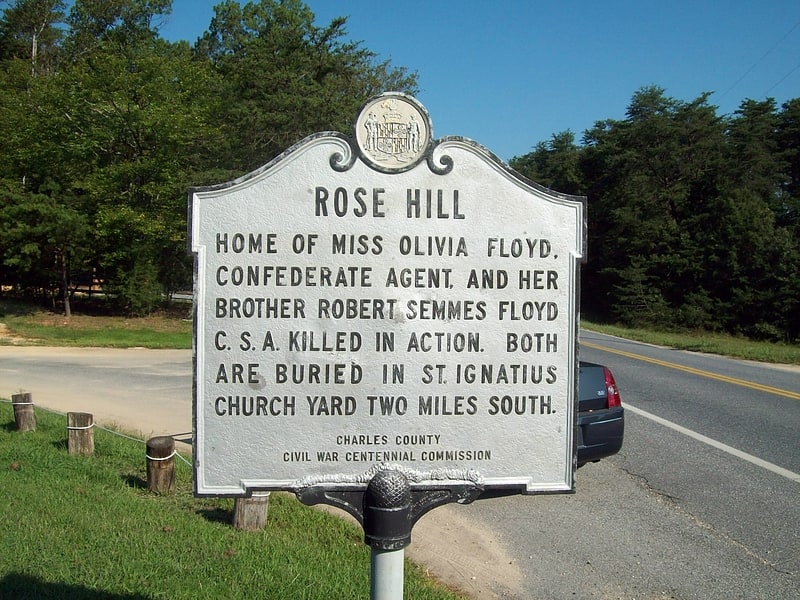
Historical landmark in Charles County, Maryland. Rose Hill is a historic house built in the late 18th century near Port Tobacco in Charles County, Maryland, United States. It is a five-part, Georgian-style dwelling house. It has a two-story central block with gable ends. It was restored during the mid 20th century.
Rose Hill was listed on the National Register of Historic Places in 1973.[3]
Stagg Hall
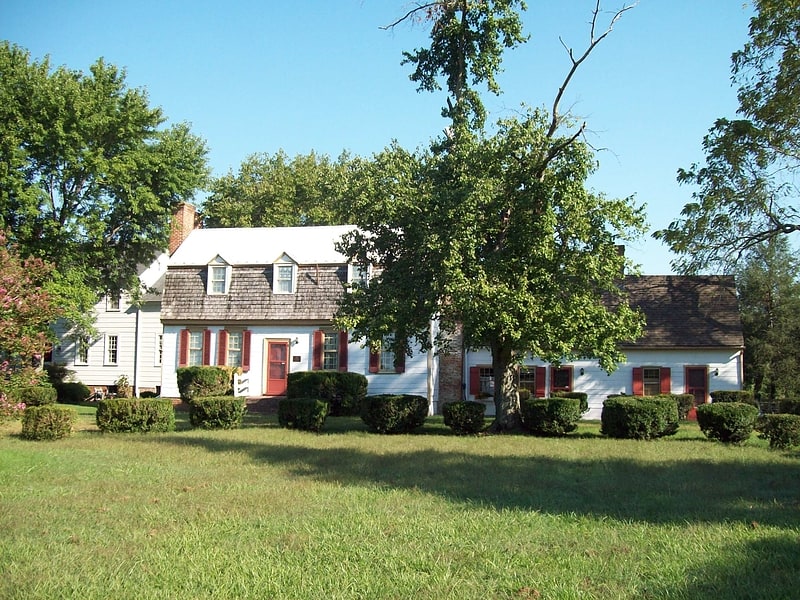
Museum in Port Tobacco Village, Maryland. Stagg Hall, is a historic home located at Port Tobacco, Charles County, Maryland, United States. It is a two-story frame house built about 1766 adjacent to Port Tobacco's former town square. It was built by Thomas Howe Ridgate, a prosperous Port Tobacco merchant.
Stagg Hall was listed on the National Register of Historic Places in 1988.[4]
Port Tobacco Historic District
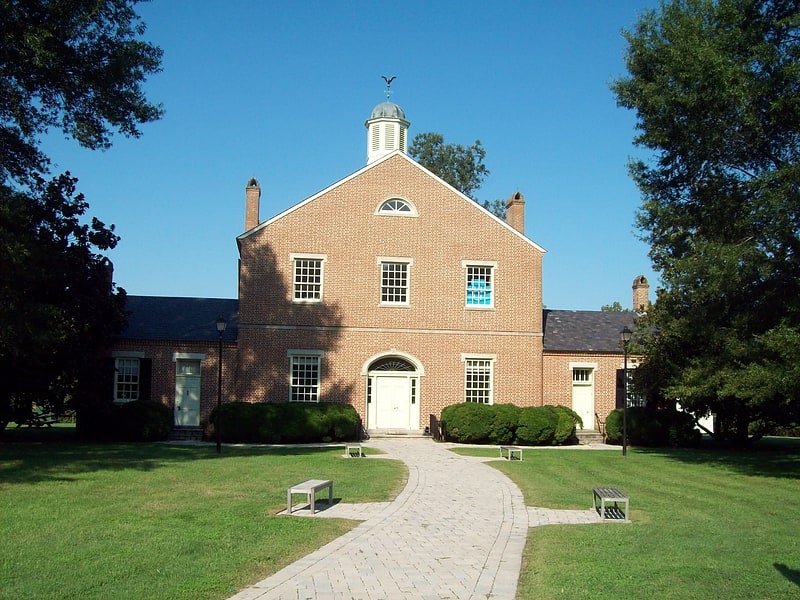
Historical place in Port Tobacco Village, Maryland. Port Tobacco Historic District is a national historic district in Port Tobacco, Charles County, Maryland. It is located along both sides of Chapel Point Road immediately south of Maryland Route 6. It includes five surviving 18th- and 19th-century buildings; four have been privately restored as single-family residences. The fifth was renovated for use as a children's museum. Two of these buildings, Chimney House and Stagg Hall, are immediately adjacent to one another at one corner of the town square.
In 1972, the 1821–1892 courthouse was reconstructed on its original site for use as a museum of local history. Other buildings include several private residences built after 1940. A brick wellhouse was erected in 1958 to commemorate the county's tercentenary. Approximately 90 percent of the historic features of the community constitute archeological sites, nearly all of which have remained undisturbed by later development.
It was added to the National Register of Historic Places in 1989.[5]